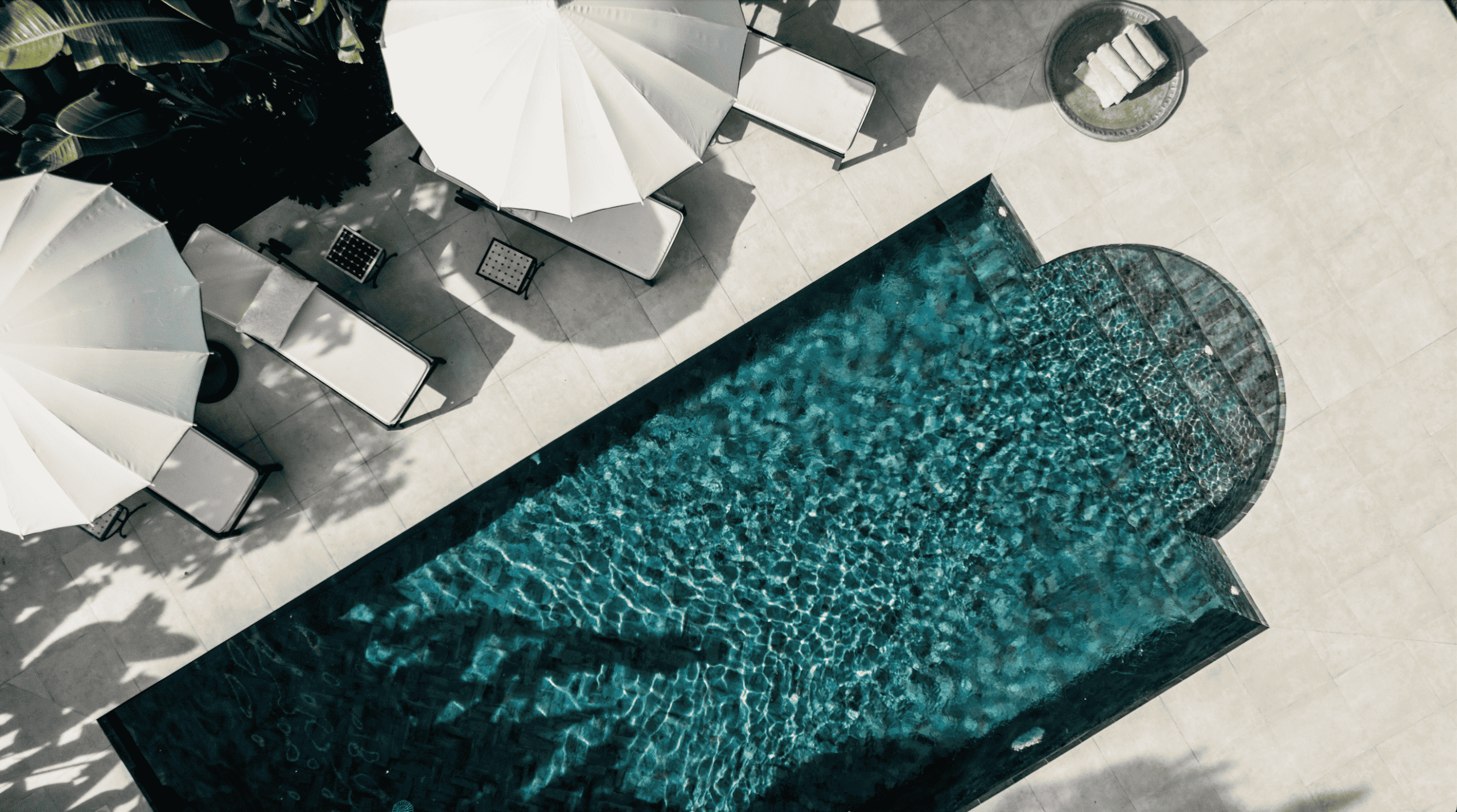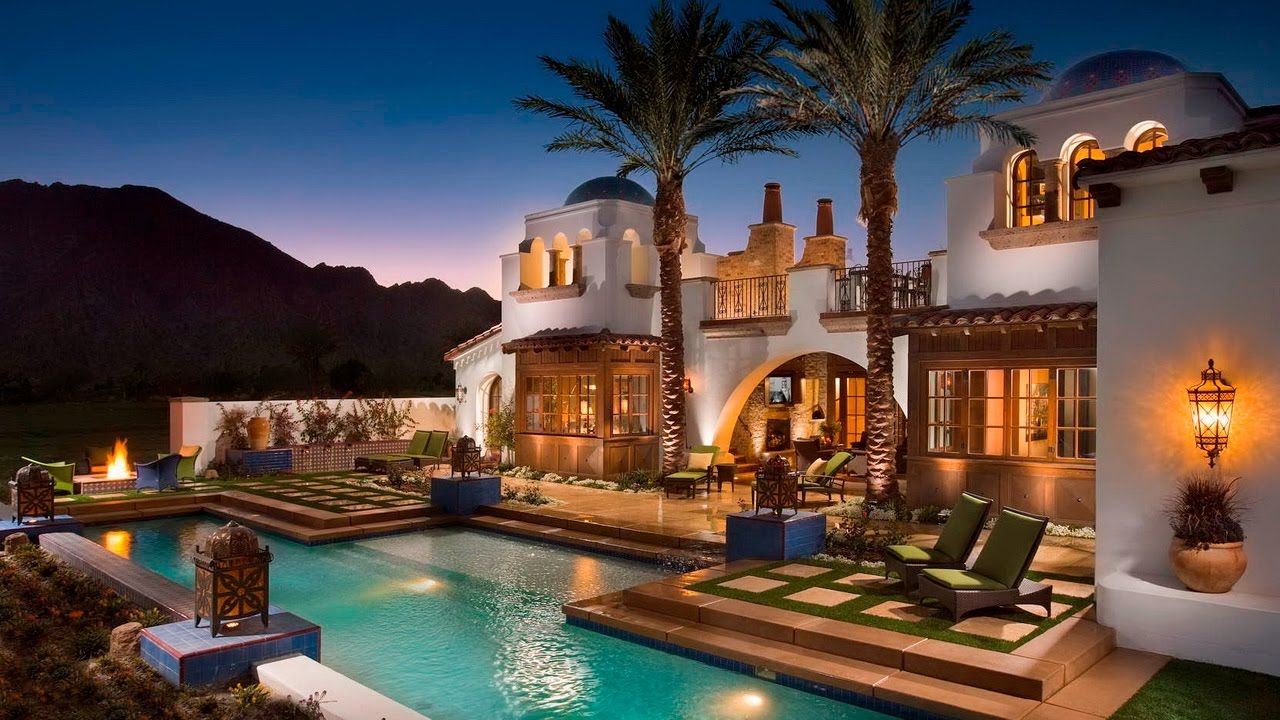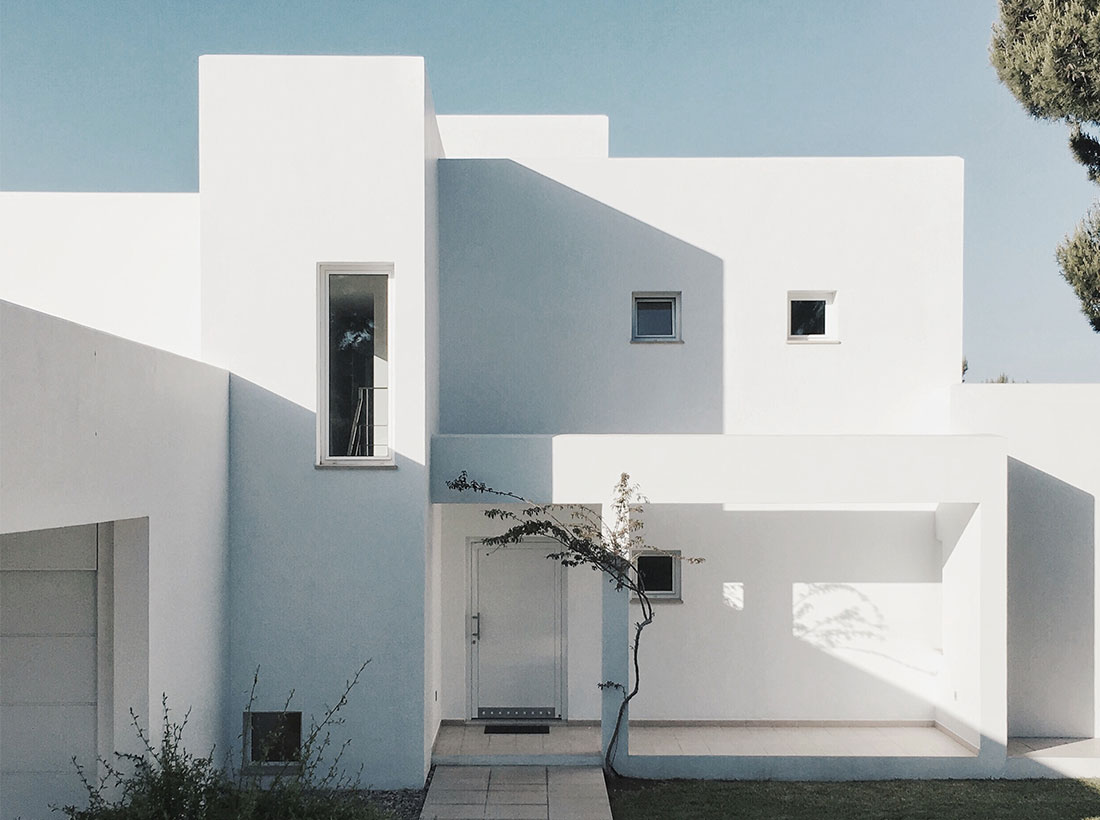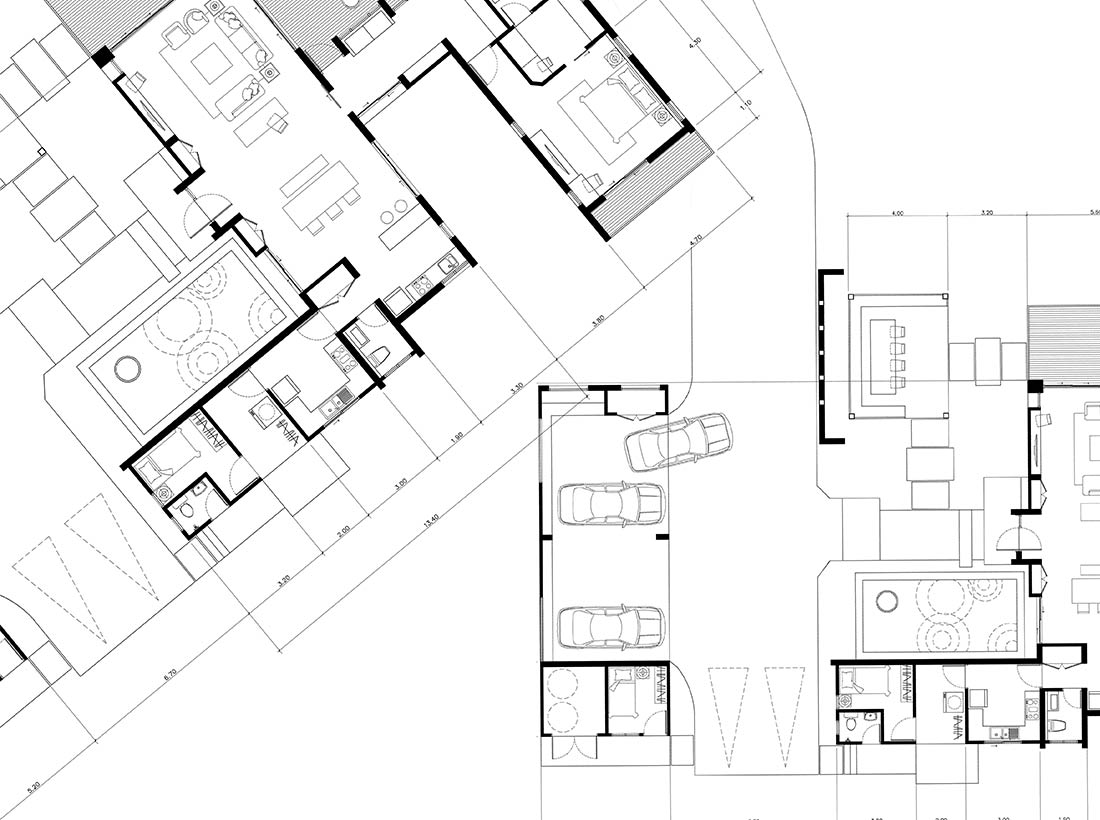
Whether you’re envisioning a brand-new aquatic oasis or revitalizing an existing pool, the process involves careful planning, adherence to legal requirements, and consideration of various factors. From design and functionality to cost, efficiency, climate, and aesthetics, each element plays a crucial role in ensuring a successful pool project. In this guide, we’ll explore the step-by-step process, highlighting the differences between building a new pool and refurbishing an existing one.
Building a New Pool:
Design and Planning:
Start with a clear vision: Define your pool’s purpose, size, shape, and features.
Work with a professional designer or architect to create detailed plans that consider the layout, depth, and accessibility.
Legal Requirements:
Check local regulations and obtain necessary permits.
Compliance with safety codes, fencing requirements, and zoning laws is essential.
Functionality:
Choose pool features based on your needs (e.g., diving board, water features, lighting).
Consider energy-efficient equipment for long-term sustainability.
Cost Considerations:
Factor in construction costs, landscaping, and additional features.
Plan for ongoing maintenance costs, including water treatment and energy consumption.
Efficiency:
Opt for energy-efficient pumps, heaters, and lighting to reduce environmental impact and operational costs.
Consider eco-friendly materials for construction.
Climate Considerations:
Adapt pool design to local climate conditions.
Explore options like solar heating to harness natural resources.
Aesthetics:
Harmonize the pool design with the surrounding landscape and architecture.
Choose materials and finishes that align with your aesthetic preferences.
Refurbishing an Existing Pool:
Assessment and Inspection:
Evaluate the current condition of the pool, identifying any structural issues or safety concerns.
Conduct a thorough inspection of equipment, plumbing, and electrical systems.
Legal Requirements:
Check if any changes in regulations affect your existing pool.
Obtain permits for refurbishment projects as required.
Functionality:
Identify improvements to enhance usability and enjoyment.
Upgrade outdated equipment for better efficiency and performance.
Cost Considerations:
Assess the budget for refurbishing, considering repairs, upgrades, and cosmetic enhancements.
Prioritize essential repairs before focusing on aesthetic improvements.
Efficiency:
Consider energy-efficient upgrades, such as variable-speed pumps and LED lighting.
Evaluate the overall energy consumption of the pool system.
Climate Considerations:
Make adjustments to the pool’s features or equipment based on climate changes.
Incorporate energy-saving technologies to align with environmental goals.
Aesthetics:
Enhance the pool’s appearance with modern finishes, tiles, and landscaping.
Consider adding contemporary features to improve visual appeal.
Conclusion:
Whether you’re embarking on the exciting journey of building a new pool or revitalizing an existing one, thorough planning, adherence to legal requirements, and a focus on design, functionality, cost, efficiency, climate, and aesthetics are essential. By carefully considering each aspect, you can create a stunning and functional aquatic space that meets your needs and complies with regulations, ensuring years of enjoyment for you and your family.








